If you have been following my blog for a while, then you will already know that I value gut health as one of the most important aspects of a healthy life! Some studies say that up to 80% of our immune system lives in our guts! If we don’t take care of them, we cannot achieve optimum health. That’s why I am excited to bring you another guest post by Lydia from the Lydia Joy website, a Nutritional Therapy Practitioner. I am proud to share this post with all of you and very thankful to Lydia for writing this!
There can be a lot of confusion around what diet is a healthy diet or what foods one should be eating when suffering from health issues and digestive complaints. One of the issues my clients ask the most is, “What on earth should I eat right now?” To answer this question, everyone’s gut-healing diet will be different, but there are some key guidelines that can help anyone as they work to find what is best for them.
Sometimes we are so debilitated, raw, inflamed, or compromised that we have to go back to eating basics and heal deeply before we can eat normally. ~ Liz Lipski
When healing, our body thrives on foods that are simple to digest as well as nutrient-dense. Cooked foods are often easier to digest and more tolerated in those with damaged guts. Raw and cold foods can be irritating for many (especially in those with IBS with diarrhea), but not all.
Eating small amounts often is best when first starting out on a gut-healing diet. It’s also helpful to make sure your blood sugar is well managed and I find most clients have both gut issues and blood sugar issues. Therefore, it’s a good idea to eat every 3 hours to keep the blood sugar stable. I recommend eating during an eight-hour window of the day if possible, this will help support your body’s natural circadian rhythm. Eat food primarily during the daylight hours or at least several hours before a normal bedtime. Starchy carbs are best saved for later in the day, such as the evening meal. They can help promote sleep at night – it is best to eat most of our carbs around sunset to enhance leptin rhythm. So, fat, proteins, and low glycemic veggies and fruits at breakfast and starches saved for dinner (paired with some fat/protein) is a good game plan if possible.
Proteins
Your body needs protein to heal. I have many clients come to me that don’t seem to tolerate meat well which makes them think they should consider becoming vegan/vegetarian. However, it’s likely they simply do not have enough stomach acid to break down proteins in the first place. Bone broth is very protein-sparing and loaded with amino acids. A good option for those who have trouble digesting meat. Well-cooked or boiled meats are better tolerated when digestion is impaired and best paired with some fat or broth. Bone marrow is also very nourishing. Fresh, pastured eggs are an excellent source of protein.
Dairy
Dairy can be good only if it is tolerated, and even then selectively choosing dairy will be important. Many people have difficulty with lactose -anyone with gluten intolerance will need to be very careful with dairy. Also, casein sensitivity is an issue -there are two types; A1 beta-casein and A2 beta-casein. A1 beta-casein is the one people usually have issues with. It’s from newer breeds of cows rather than heritage breeds or goats or sheep. If you are intolerant to the A1 beta-casein you may do okay with goat’s milk, sheep’s milk, or from older breeds of cows such as Jersey’s or Guernseys. However, if you are lactose intolerant you will need to be careful with dairy. That is why diets like GAPS and SCD use 24-hour yogurt to remove most of the lactose. I like the dairy guidelines for the GAPS diet which I cover more in the Heal Your Gut course. I think it’s worth looking into via testing what dairy you tolerate and what you don’t.
Yogurt is a key healing food if it is tolerated. I highly recommend making homemade yogurt and consuming it regularly. It is a key component of the SCD and GAPS diets, both gut-healing protocols. If you have an IgE allergy or delayed allergy or sensitivity, yogurt won’t be an option for you. In some folks with intermittent allergies, yogurt can be tolerated every 4th or 7th day. Yogurt is loaded with beneficial bacteria. Yogurt is a healing food included in my traditional cultures throughout history. The good bacteria deteriorate in yogurt as it is stored, so it is best to make your own and to eat it fresh. If you have SIBO (small intestinal bacterial overgrowth- you may not tolerate yogurt until you get the bacteria under control).
Colostrum is another super-gut-healing food. It is rich in secretory IgA and other immunoglobulins to replace deficient gut immunity. It is best paired with a probiotic. If you are dairy sensitive -try small amounts of colostrum (capsule form, powder, or fresh) taken with a probiotic to see if it helps you tolerate it better. Colostrum has a tiny amount of lactose but is usually tolerated quite well in those with lactose intolerance. If you are casein intolerant but aren’t clear as to which type of casein, I suggest trying colostrum from goat’s and see how you do. Tropical Traditions has a wonderful goat’s milk colostrum. Or simply find a goat farm near you and ask for colostrum from the first 3 milkings.
Fat Soluble Vitamins
Vitamin A-rich foods such as butterfat, egg yolks, liver and other organ meats, seafood, and fish liver oils are key. Vitamin A stimulates the secretion of gastric juices needed for protein digestion. Protein, minerals, and water-soluble vitamins cannot be utilized by the body without vitamin A from animal sources. It is very difficult to make the conversion of carotenes from plants into vitamin A, making vegetable sources of ‘vitamin A’ in carotene form not an ideal source of this vital nutrient.
Vitamin D-rich foods are needed for calcium absorption. Vitamin E-rich foods are important for tissue repair and healing. Increased ingestion of polyunsaturated oils requires a greater amount of vitamin E in the diet. Again, foods like; butterfat, eggs, liver, organ meats, marine oils, seafood, nuts, seeds, and even some legumes (properly prepared and if tolerated).
Minerals
Minerals are sorely lacking in the modern-day diet and are easily depleted further by stress. Lack of hydrochloric acid in the stomach makes it difficult for us to obtain enough minerals. Lack of mineral-rich water is another modern-day problem. The best sources of minerals in our diet come from mineral-rich water, nutrient-dense foods, herbal teas, bone broth, and quality sea salt. Even small amounts of clay are a traditional practice that can get more minerals into the diet and help bind toxic materials and move them out of the body.
Enzymes
Enzymes in food include proteases for digesting proteins, lipases for digesting fats, amylases for digesting carbohydrates. Enzymes in our saliva (from good chewing practices) and in our food also help with the process of digestion immensely. Raw foods and fermented foods are the best sources of food enzymes. Enzymes are deactivated above 118 for wet-heat temps and 150 for dry heat temps. If we cannot tolerate raw foods initially when healing the gut, we must supplement. Enzyme-rich foods include raw fruits and vegetables, soaked and dehydrated nuts/seeds, raw dairy or cultured dairy products, raw meats, such as; sushi/sashimi, raw oysters, beef tartare, raw honey. If you do poorly on raw foods you will want to utilize enzyme-rich condiments with your diet of cooked foods (and/or supplements). Homemade mayonnaise, raw apple cider vinegar, raw cheeses are some good choices. I try to consume something raw or fermented at every meal if possible (for those with SIBO, hold off on ferments until you get SIBO under control then introduce).
Fats
Fats are also very healing and nourishing, so long as you do not have severe gallbladder issues (though once resolved fats should be incorporated). People with digestive disorders, other than gallbladder, should tolerate fats quite well. Fats provide us with vitamins A, D, E, and K, omega 3s, and more. These nutrients are critical to healing. I recommend reading up more on the use of fats in cooking in this article: Fats Safer Options for Your Frying Pan and Your Health. Then ditch the bad oils in your home, swap them for good fats, and included good fats at every meal.
Gut-Friendly Recipes
In general, the top foods to avoid when healing the gut are: grains (including pseudo-grains), dairy (unless tolerated and then very carefully), legumes (including soy and peanuts), eggs can also be problematic for some, nightshades (especially in anyone with severe inflammation such as RA). Often a gluten-free diet is not enough to heal because there is damage to the gut lining that needs to be repaired but can be a good starting point and transition for many. There are many foods cross-reactive to gluten to consider as well.
In looking for healthy recipes that are good for overall gut health as well as for gut healing, I recommend looking for the following things online; Paleo recipes, Primal recipes, Grain-free recipes, GAPS recipes, SCD recipes, Paleo Autoimmune Recipes, Real Food Recipes, Gluten-Free Recipes, Dairy-Free recipes and Anaerobically Fermented Foods.
CLICK HERE to Pin this post
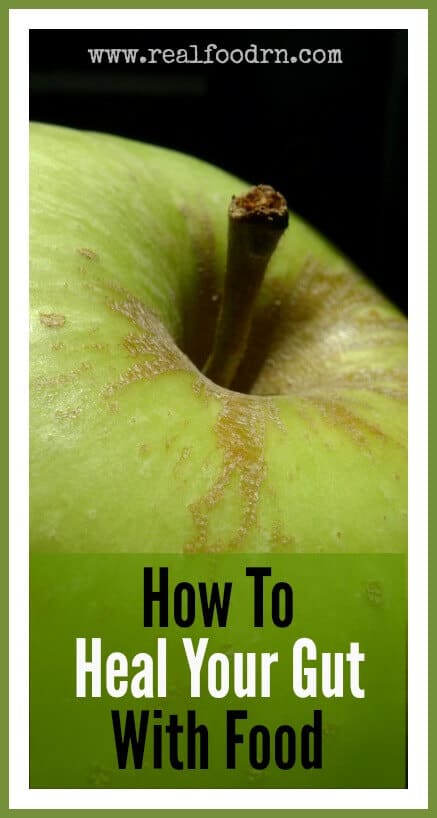

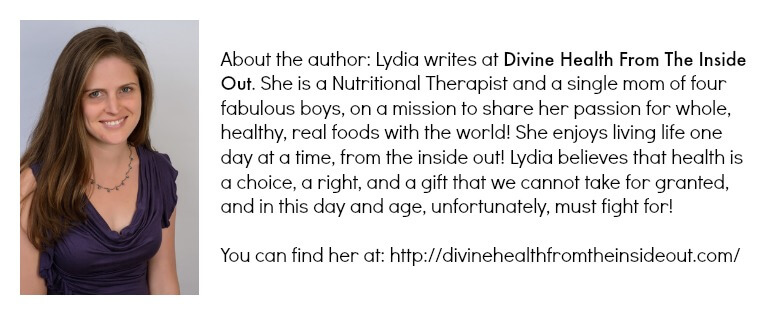
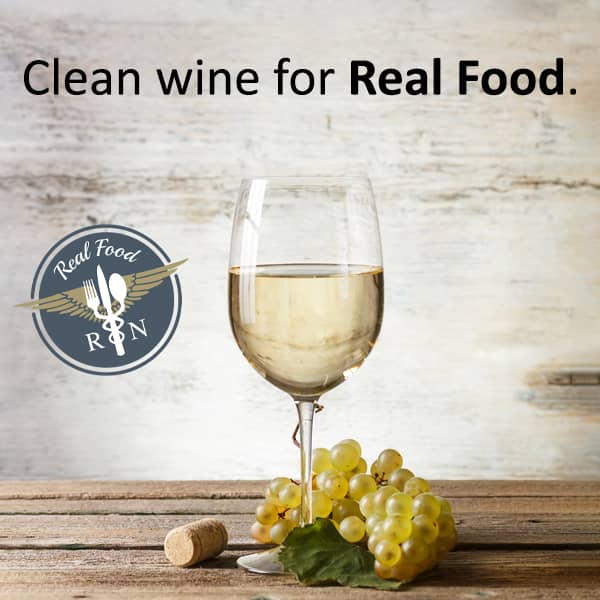
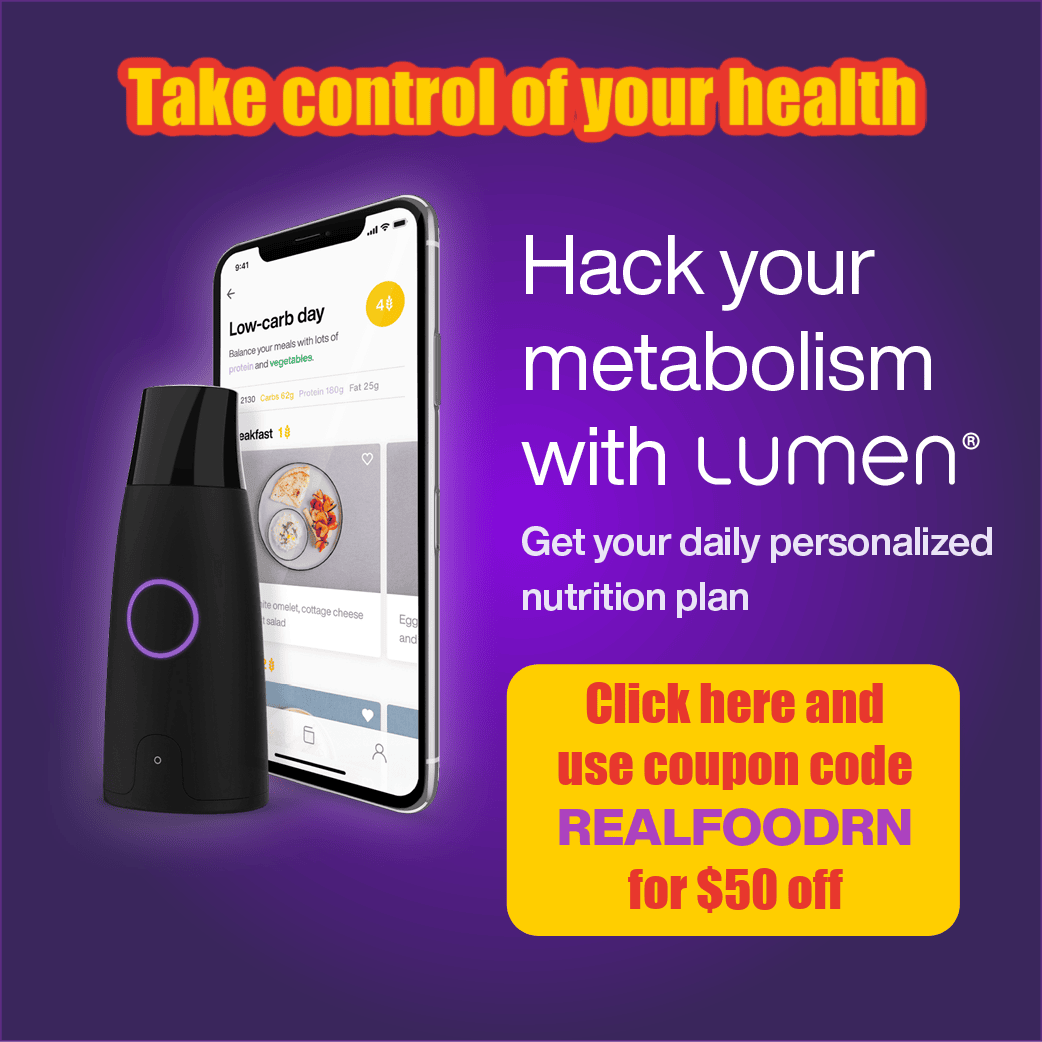
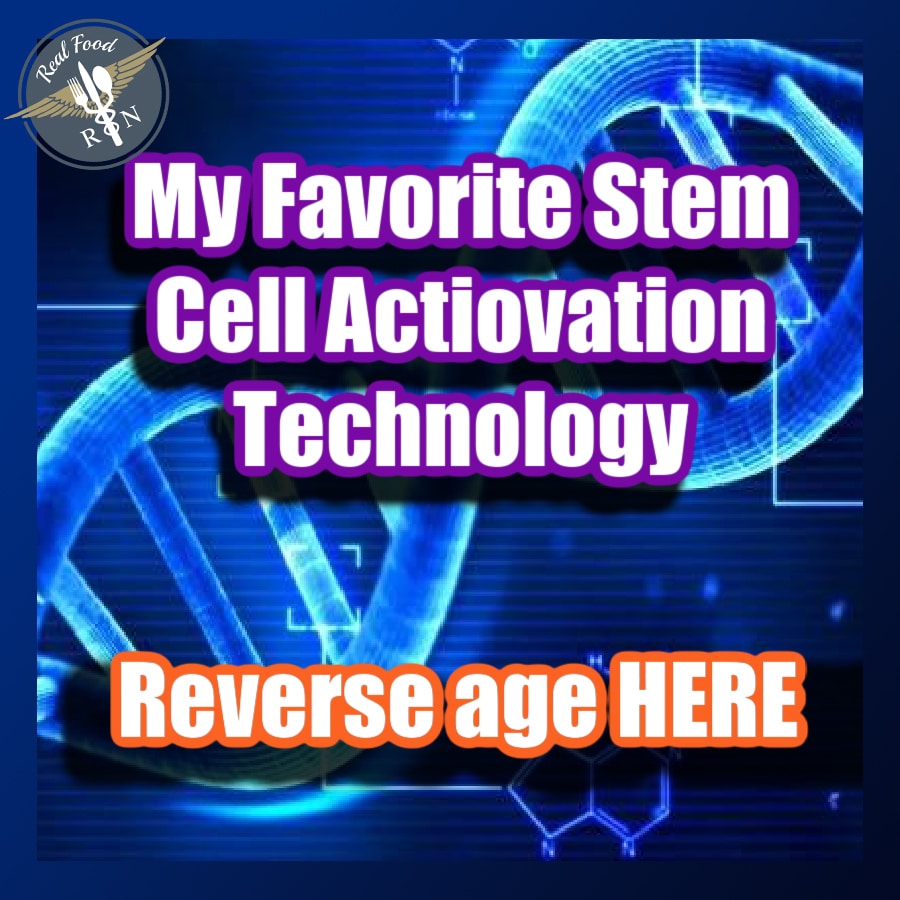




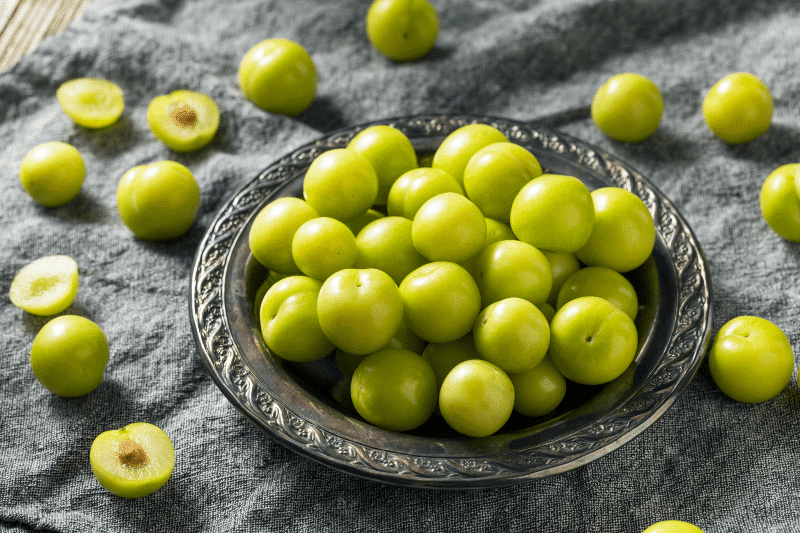
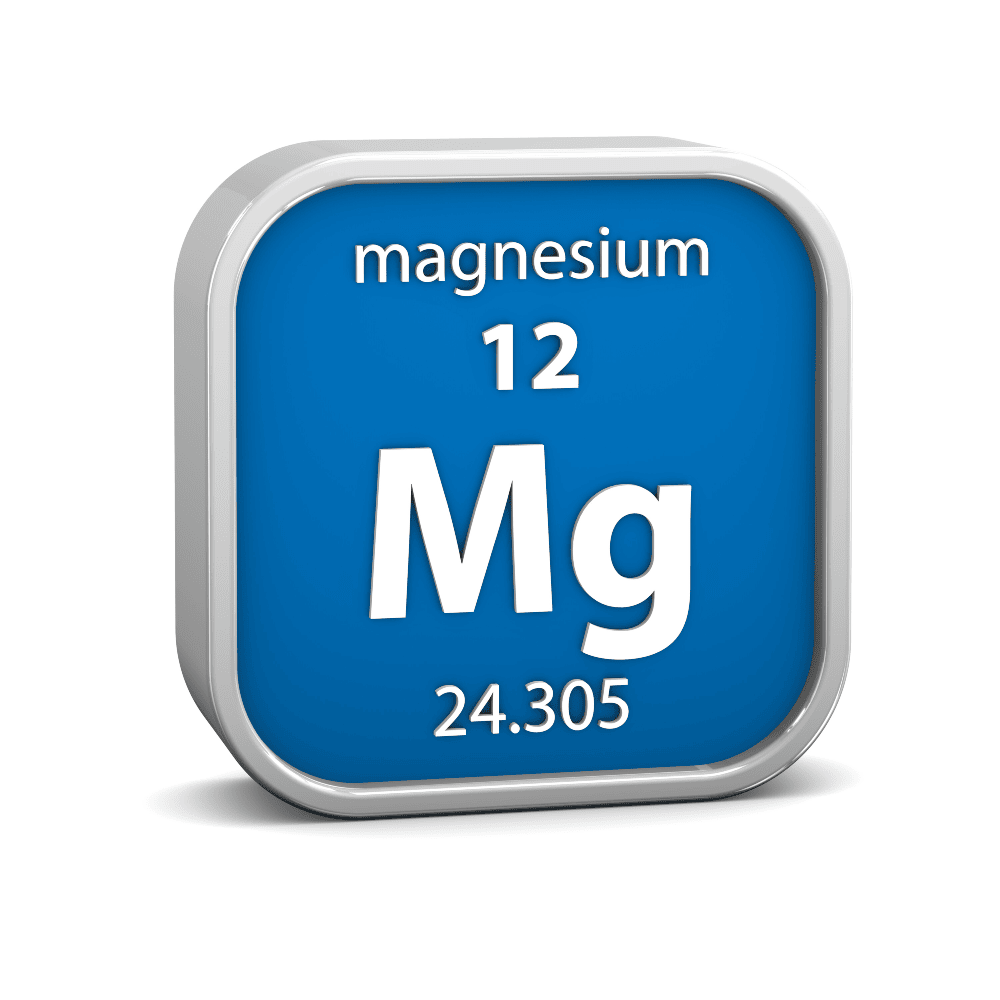
2 Replies to “How To Heal Your Gut With Food”
Love this. Gut health is so important